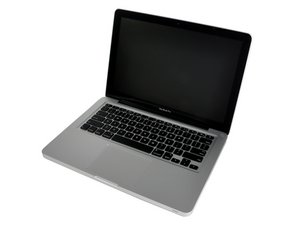Lets look at this from a different direction:
The GPU chip uses the high speed VRAM to cache the image going to either the internal or external display. So if both displays are equal in their refresh rate, scan and size there is no difference between them.
When you have an external display the settings of the display may stress the GPU and its VRAM as the dimensions of the image and refresh maybe higher than what the internal display causing the GPU & VRAM to overheat which then leads to a kernel crash.
What can push this is what you doing with your system. As an example running a heavy graphics intensive game can push things, unlike someone editing an image.
You may need to look at your systems OS resources using Activity Monitor & add more RAM. I would also start using an app to watch the thermal sensors and fans like this one: TG Pro for less than $20 its well worth it.
You also may need to clean the dust out of your system and refresh your CPU & GPU's thermal paste.
To answer your direct question is some external monitors better than others. Only in the sense the graphic services of the system maybe more taxed. It makes no difference who's external display you use as it's not technically the display brand, but, what the display is asking the system to push within it (settings).

 1
1 
 35
35  971
971 
